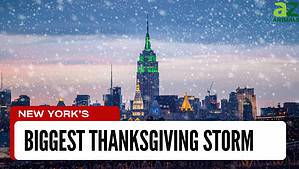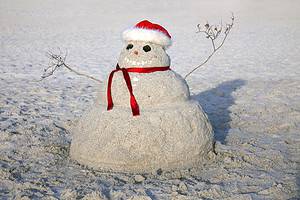November is the month when things start to get cold in Pennsylvania. Ultimately, it is the time of year when the sun fades, and the weather almost spikes from warm to frigid within a few weeks. The average temperature in Harrisburg, the capital of Pennsylvania, usually produces a high of 52 degrees and a low of 35. Likewise, Pittsburgh usually sees a high of 51 degrees and a low of 27. Philadelphia is warmer than both cities, with an average high of 56 and a low of 42.
Despite this, Pennsylvania has seen snowfall in the month of November before. While it is not incredibly common, it does happen. There have even been periods where it came out of nowhere to produce a flurry.
We are here to present the biggest November snowstorm ever to hit Pennsylvania while showing its devastating impact on the region. Additionally, we will also discuss how the snowstorm impacts wildlife while also showcasing how the city or state bounced back from this specific storm.
Pennsylvania’s Wildlife During the Storm
Pennsylvania has an abundance of wildlife that frequents the state. Moreover, these animals must adjust their patterns and behavior when a massive storm hits. Some animals, like foxes, adjust to the snow and choose not to hibernate. Foxes adapt to winter and can even leap three feet into the air to catch prey in the snowfall. Therefore, they probably took some cover and adjusted during the massive storm.
Badgers are largely nocturnal animals. Regardless, they can survive winter by burrowing underground and coming out during short stretches to find food. The timber rattlesnake also lives in Pennsylvania. Ultimately, they survive storms, such as the biggest November storm ever to hit Pennsylvania, by hibernating underground, usually with other timber rattlesnakes.
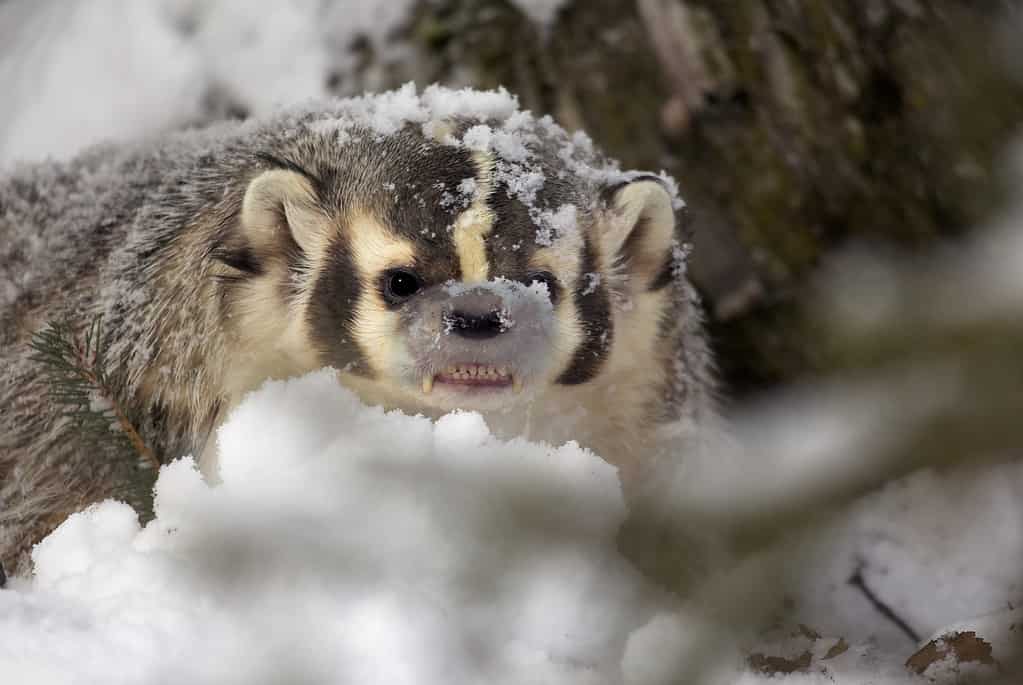
Badgers are among the animals in Pennsylvania that stay engaged, even in snowy conditions.
©moose henderson/iStock via Getty Images
Great Appalachian Storm of 1950
The Great Appalachian Storm of 1950 was the biggest storm that ever happened in Pennsylvania in November. It was one of the most damaging storms ever to hit the Eastern United States, according to the National Weather Service. Unfortunately, it was a massive storm that caused massive devastation on Thanksgiving weekend in 1950. At the time, it was also the most expensive storm ever recorded.
Timeline of the Great Appalachian Storm of 1950
The first hints of the storm began on November 23, when a cold front appeared. Ultimately, this front passed through Kentucky and made its way east. This cold front caused the temperatures to fall from the 40s to the mid-teens.
The storm started to affect Chicago and the rest of the Midwest, with temperatures dropping to -2 degrees. Amazingly, cities like Louisville, KY, and Lexington, KY, all related record lows in temperatures in that month.
November 25 saw the storm hit North Carolina and South Carolina before it took a northwest turn and headed for Ohio, where it landed on November 26. Then, the snow continued upward, traveling through Pennsylvania, New Jersey, and New York. The storm started to spin around on November 27 and 28 over Lake Erie. Finally, it weakened and left Canada on November 29 and 30. Ultimately, it was the biggest November snowstorm ever to hit Pennsylvania.
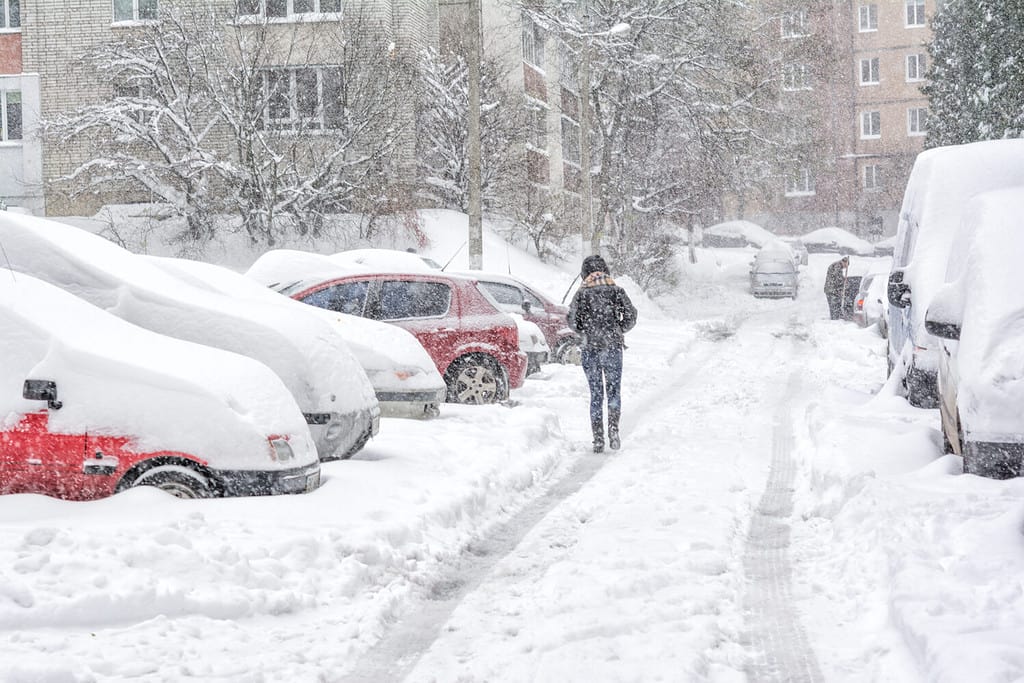
The Great Appalachian Storm of 1950 caused massive destruction and damage across the Eastern United States.
©Tainar/Shutterstock.com
Impacts in Pennsylvania
Even though the storm hit both Pennsylvania and New York, there were variations in snowfalls. Pittsburgh received 30.5 inches of snow and also had temperatures in single digits. Meanwhile, Buffalo had temperatures in the 40s and did not see any snow at all. The storm completely bypassed northern New York on its way to Lake Erie.
Eastern Pennsylvania also saw massive flooding as a result of the storm. Additionally, the storm covered much of Western Pennsylvania with snow, according to the National Centers for Environmental Information. Erie, PA, also received over 28 inches of snow. Likewise, most of the people who lived in the state saw over 18 inches of snow that barrelled through their towns. They did not know how to prepare for the biggest November snowstorm ever to hit Pennsylvania.
Impacts In Other States
The storm also caused residual impacts in other states. Moreover, the storm’s power reached all the way down to Georgia, which related record lows, with temperatures as low as 3 degrees. There was also major crop damage, which hurt the food industry for a short time.
New Hampshire saw some parts of the state see gusts as high as 160 miles per hour. Additionally, there were high tides and flooding across New Jersey and Connecticut. There were 160 recorded deaths from the storm across all states.
Aftermath of the Storm
The aftermath of the storm saw temperatures rise across the board. Curiously, the first month of December saw temperatures that were above average. Because of this, it caused several rivers to flood. The Ohio River in Pittsburgh flooded after reaching 28.5 feet. Likewise, the river in Cincinnati flooded after reaching 56 feet. It offered a different problem to deal with. Yet, the coldest storm at the time was over. The Great Appalachian Storm was the biggest November snowstorm ever to hit Pennsylvania.
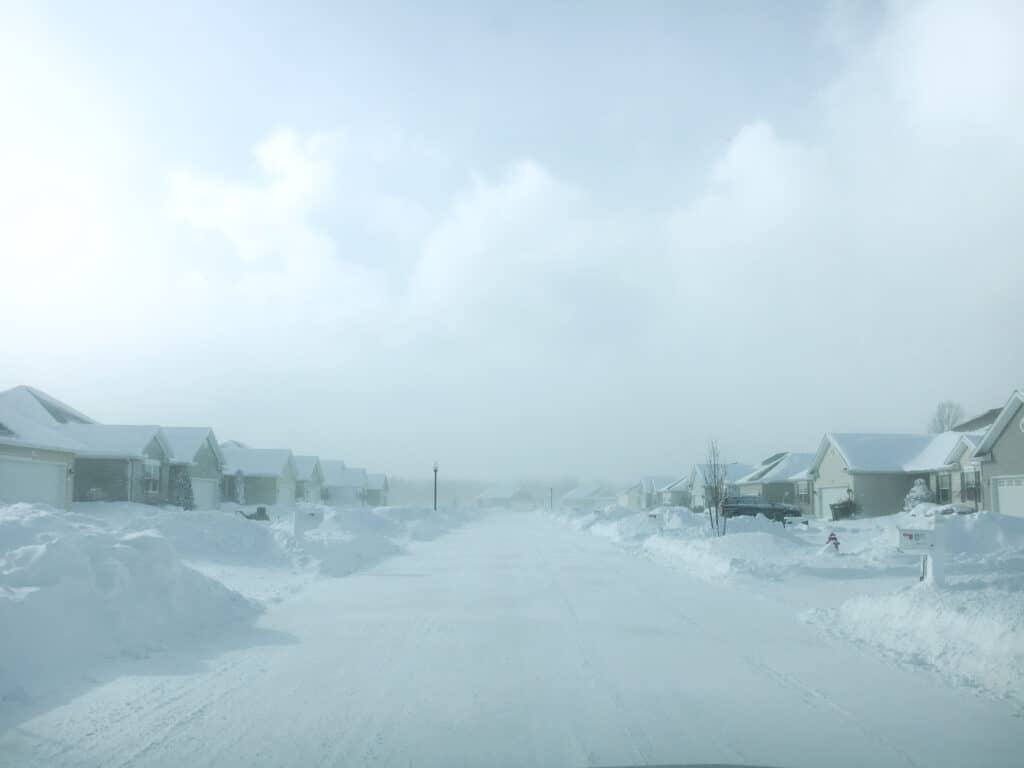
Snowy conditions caused massive damage across major cities in the United States.
©eyerazor/Shutterstock.com
The photo featured at the top of this post is © Althom/ via Getty Images
Thank you for reading! Have some feedback for us? Contact the AZ Animals editorial team.




